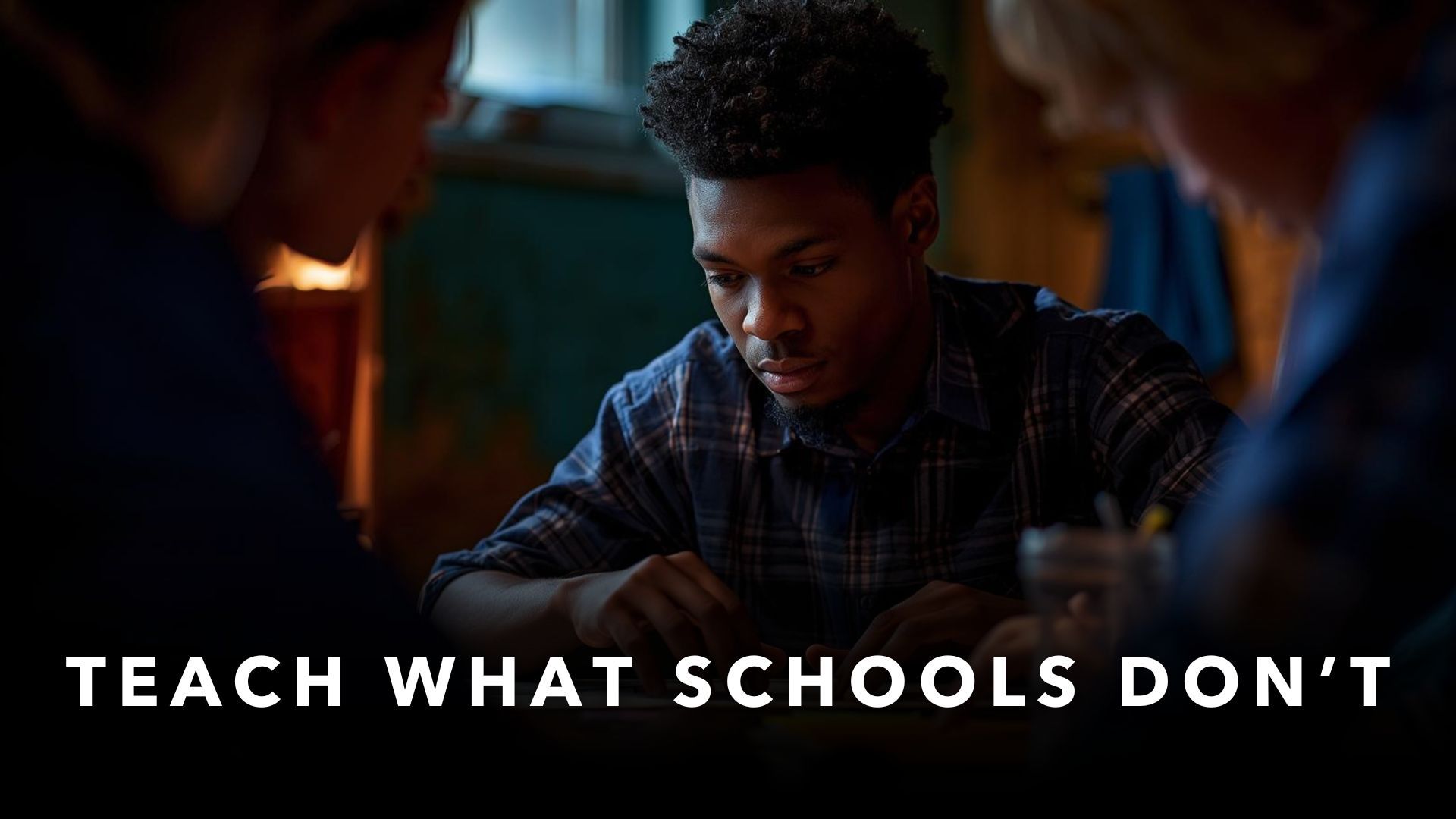
Teaching Financial Literacy at Home, How to Pass Down What Schools Leave Out
Oct 17, 2025Financial literacy is one of the greatest gaps in education. Children are often taught advanced math but not how to manage a paycheck. For Black families especially, the absence of literacy in schools has meant that knowledge must be built and passed on at home.
But here’s the key: financial literacy isn’t just about numbers. It’s about habits, systems, and culture. And the way you teach matters as much as what you teach.
1. Talk About Money With Clarity, Not Secrecy
Silence around money creates confusion. If children don’t hear about debt, saving, or investing, they’ll fill the gaps with assumptions.
💡 How to start:
- Share one real financial decision you’re making (buying groceries, paying a bill, saving for a goal). Explain it in simple terms.
- Use real numbers where possible. Children understand scale better when they see the math.
- Normalize talking about mistakes, too — they teach just as much as wins.
Insider insight: The most successful wealth-building families aren’t the ones who had the most money, but the ones who made money part of their family conversation.
2. Simple Family Practices That Build Literacy
Financial literacy doesn’t have to be overwhelming. It’s built through small, consistent practices that grow over time.
💡 Ideas you can use today:
- Weekly money check-in: Sit down as a family and talk about one win (a bill paid, money saved) and one lesson.
- Savings jars or envelopes: For kids, dividing money into Spend, Save, Give buckets builds lasting muscle memory.
- Family goals: Save together for a shared experience (a trip, a gift, a cause). This shows how pooling money builds possibility.
- Digital tools: Apps like Greenlight or family budgeting spreadsheets help teens and young adults see money flow in real time.
3. Why Modeling Matters More Than Lectures
Children copy what you do, not what you say. If you save consistently, they’ll learn saving. If you budget openly, they’ll learn discipline. If money is always hidden or argued over, that will become their baseline.
💡 How to model well:
- Let children see you budget in action — write it down, track it on an app, or use envelopes.
- Practice delayed gratification — explain why you’re waiting before making a purchase.
- Celebrate small wins out loud — when you save, invest, or pay off a bill, mark the moment.
Insider insight: The most powerful inheritance isn’t money itself. It’s the literacy that ensures any money inherited doesn’t vanish.
4. Beyond Basics — Teaching Ownership Early
True financial literacy goes beyond budgeting and saving. It includes ownership. Children should learn early that they can own assets, not just consume them.
💡 Ways to introduce ownership:
- Buy one share of a company they know (Nike, Disney, Apple). Show them they own a piece of the brand.
- Start a micro-business: reselling items, creating digital designs, offering services. Teach profit vs. expenses.
- Show them the difference between assets and liabilities: an asset pays you, a liability costs you.
Reflection Prompts:
- What money conversation will I start at home this month?
- What practice (weekly check-in, savings jars, digital tools) can we try as a family?
- What habit can I model consistently that I want my children to carry on?
Closing Thought:
Financial literacy isn’t something you wait for schools to provide. It’s something you build intentionally, at home, day by day. The lessons you model and the practices you create today become tomorrow’s inheritance.
Legacy doesn’t start with money. It starts with clarity, structure, and habits. And the classroom is your home.
